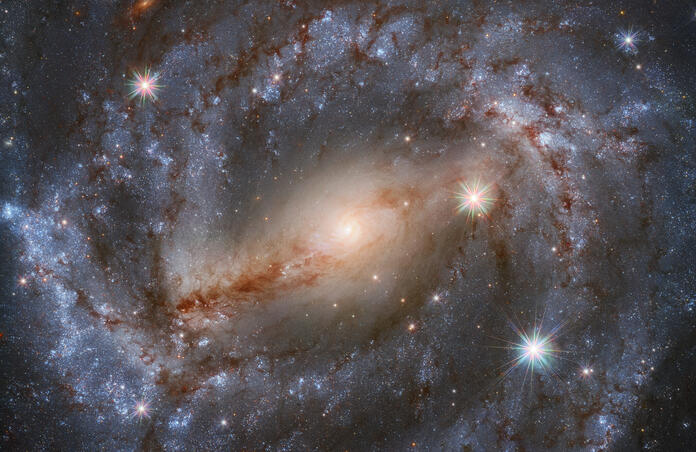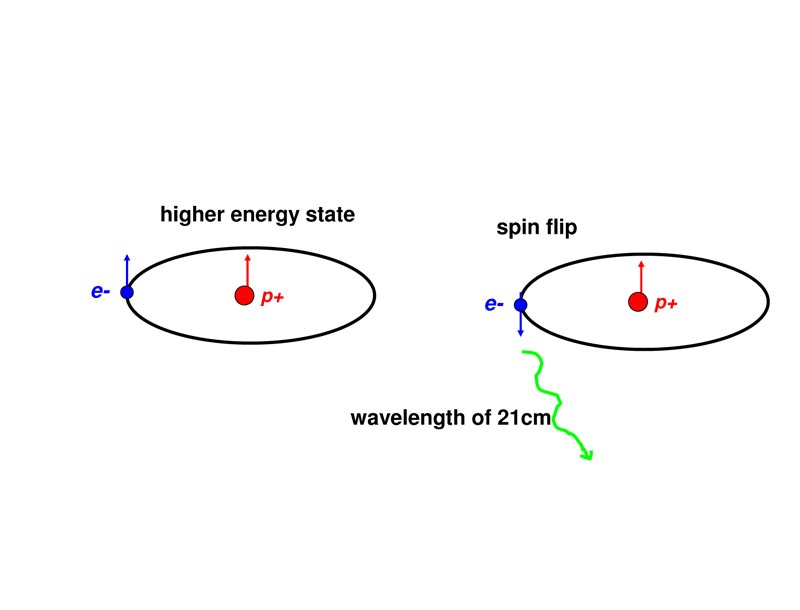Non-detection of 21cm line proves useful for understanding the early universe

A team of researchers led by the University of Cambridge have carried out one of the first astrophysical studies of the cosmic dawn, uncovering important information about the first stars and galaxies to exist in our universe. In the study, the group were able to place constraints on the mass and energy output of these primordial stars and galaxies, however, it was done so through the lack of detection of the signal they were searching for, dubbed the 21cm hydrogen line.

The 21cm line is an infamous hyperfine transition that occurs due to the spin-spin interaction between the electron and proton in hydrogen. It is produced as a radio signal by hydrogen atoms in the early universe, where the radiation penetrates the dust clouds, giving us a map of hydrogen in the universe. Therefore, this signal could be astronomers best hope in understanding the formation of the first structures. However, it has proven to be a challenge to detect, with only one supposed detection as part of the EDGES (Experiment to Detect the Global EoR Signature) experiment where the reported signal was a lot stronger than is expected and still awaits confirmation from additional observations.
The Cambridge led team used data from the SARAS3 radio telescope situated in India to look at the newborn universe just 200 million years after the big bang. To detect the 21cm line, they needed to look for the radio signal produced by hydrogen in the early universe amidst the fog. The same group had developed a method to see through the fog, allowing them to detect light from the first stars, and some of these techniques had been implemented in the current study. However, despite anticipating the primordial hydrogen signal, no 21cm line was detected. Nevertheless, this non-detection proved to be a blessing in disguise since it allowed the researchers to discover things about the cosmic dawn, placing limits on several properties of the first stars and galaxies, consequently ruling out certain scenarios such as galaxies that efficiently produced radio emissions and inefficient heaters of cosmic gas.
This discovery (or anti-discovery) opposes the signal reported from EDGES; therefore, the team re-analysed the data to try and make sense of the difference in results. Several tests of different astrophysical scenarios which would potentially explain the EDGES result were ran, however a corresponding signal still wasn’t found.
"We were looking for a signal with a certain amplitude," said Harry Bevins, a Ph.D. student from Cambridge's Cavendish Laboratory and the paper's lead author. "But by not finding that signal, we can put a limit on its depth. That, in turn, begins to inform us about how bright the first galaxies were."
"Our data also reveals something which has been hinted at before, which is that the stars and galaxies could have had a measurable contribution to the background radiation that appeared as a result of the Big Bang and which has been traveling towards us ever since," said Dr Eloy de Lera Acedo, who co-led the research, "We are also establishing a limit to that contribution."
Nevertheless, hope isn’t completely lost in detecting the signal of the early universe, and there have been several new studies such as REACH (the Radio Experiment for the Analysis of Cosmic Hydrogen), of which the first results will be expected in early 2023. Additionally, the SKA project comprises 2 next-generation telescopes which will provide images of the early universe, set to be completed by the end of the decade.
--
Cover image: ESA/Hubble & NASA, A. Riess et al.; acknowledgment: Mahdi Zamani
Journal source: Harry Bevins, Astrophysical constraints from the SARAS 3 non-detection of the cosmic dawn sky-averaged 21-cm signal, Nature Astronomy (2022). DOI: 10.1038/s41550-022-01825-6. www.nature.com/articles/s41550-022-01825-6
